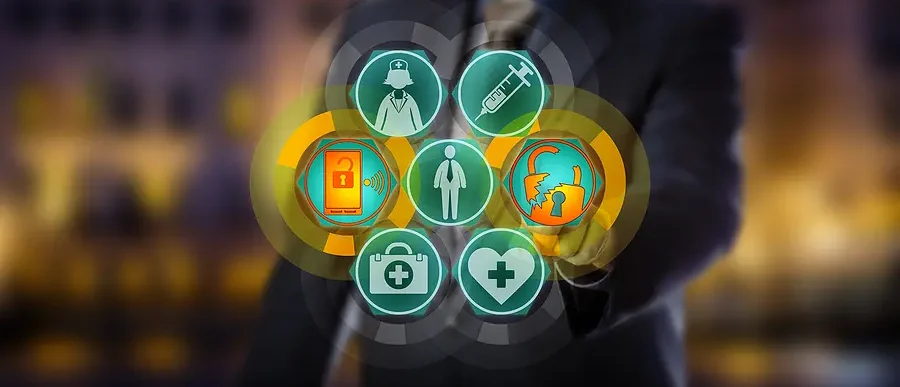
The threat of identity theft is one that continues to become more prominent. Yet most people do not protect themselves against identity theft as adequately as they could. With personal information being shared online for everything from shopping to social networking, safeguarding your identity has become a crucial aspect of maintaining both financial and personal security.
As cybercriminals grow more sophisticated in their tactics, it’s necessary for everyone to stay vigilant nd take proactive steps to safeguard their personal information. In this blog, we’ll explore effective strategies and best practices to help you protect yourself against identity theft.
What is Identity Theft and How Does it Occur?
Identity theft is a crime where someone wrongfully obtains and uses another person’s personal data for fraudulent or deceptive purposes, typically for economic gain. Once they have the necessary information, thieves can open new credit card accounts or take out loans, make unauthorized purchases, access existing bank accounts, file fraudulent tax returns, and more.
Identity thieves use various methods to acquire personal information, including digging through the trash, stealing computers or accessing public records, using malware or phishing scams, exploiting data breaches, and more. According to the FTC, there were 2.6 million fraud reports and $10 billion reported lost in 2023. Top frauds included imposters, online shopping and negative reviews, prizes and sweepstakes, investments, and business and job opportunities.
Six Ways to Protect Yourself from Identity Theft
1. Secure Your Personal Information
Store sensitive documents like Social Security cards and financial statements in a safe place at home. Limit what you carry. Don’t keep your Social Security card or Medicare card in your wallet unless needed. In addition, shred any documents containing personal and financial data. Lastly, be cautious about the personal information you share on social media and other public platforms.
2. Use Strong Passwords and Security Measures

Use complex passwords that include a mix of letters, numbers, and special characters. Avoid using easily guessable information like birthdays or names. Furthermore, change your passwords periodically and don’t reuse passwords across different accounts.
For an extra layer of security, enable Two-Factor Authentication to your accounts. Enabling 2FA will require two forms of identification to access your accounts and data.
3. Monitor Financial and Personal Information
Regularly check bank and credit card statements for any unauthorized transactions. Consider enrolling in a credit monitoring service that alerts you to any unusual activity. Additionally, you can obtain a free credit report annually from each of the three credit bureaus (Equifax, Experian, and TransUnion) and review it for any discrepancies.
4. Secure Digital Devices and Online Activities
Keep your devices protected by using antivirus and anti-malware software. Avoid accessing sensitive information or making financial transactions over public Wi-Fi networks. If it’s necessary, use a virtual private network (VPN) to encrypt your internet connection and protect your online privacy.
In addition, once your devices have reached their end-of-life, securely destroy and recycle them using an electronics destruction service. Selling your devices online holds risks that your data is still on them even if you delete them. A test conducted by Blanco and Ontrack found that of the 159 drives they purchased on eBay, 42% held sensitive information that they were able to recover with software. Additionally, 15% of the drives contained PII that could be used against the previous owner. An electronics destruction service is the only way to ensure your data is unrecoverable.
5. Be Wary of Scams and Phishing Attempts
Do not click on suspicious links or download attachments from unknown or suspicious emails and messages. Be cautious of unsolicited requests for personal information, even if they appear to be from a legitimate source. Moreover, stay informed about common identity theft scams and tactics used by thieves.
6. Secure Physical Items
Use a locked mailbox or consider a PO box to secure your mail and shred any junk mail that you receive. Keep documents like Social Security cards, passports, and birth certificates in a secure location. Keep your wallet and purse secure, and do not carry unnecessary personal information with you.
Shred Nations Can Help You Protect Yourself Against Identity Theft
If you need help making sure you are protected from identity theft, call Shred Nations at 800-747-3365 or fill out the form for a no-obligations quote in minutes! We can help you securely destroy your confidential documents and electronic devices, so that you can avoid the risk of identity theft.












